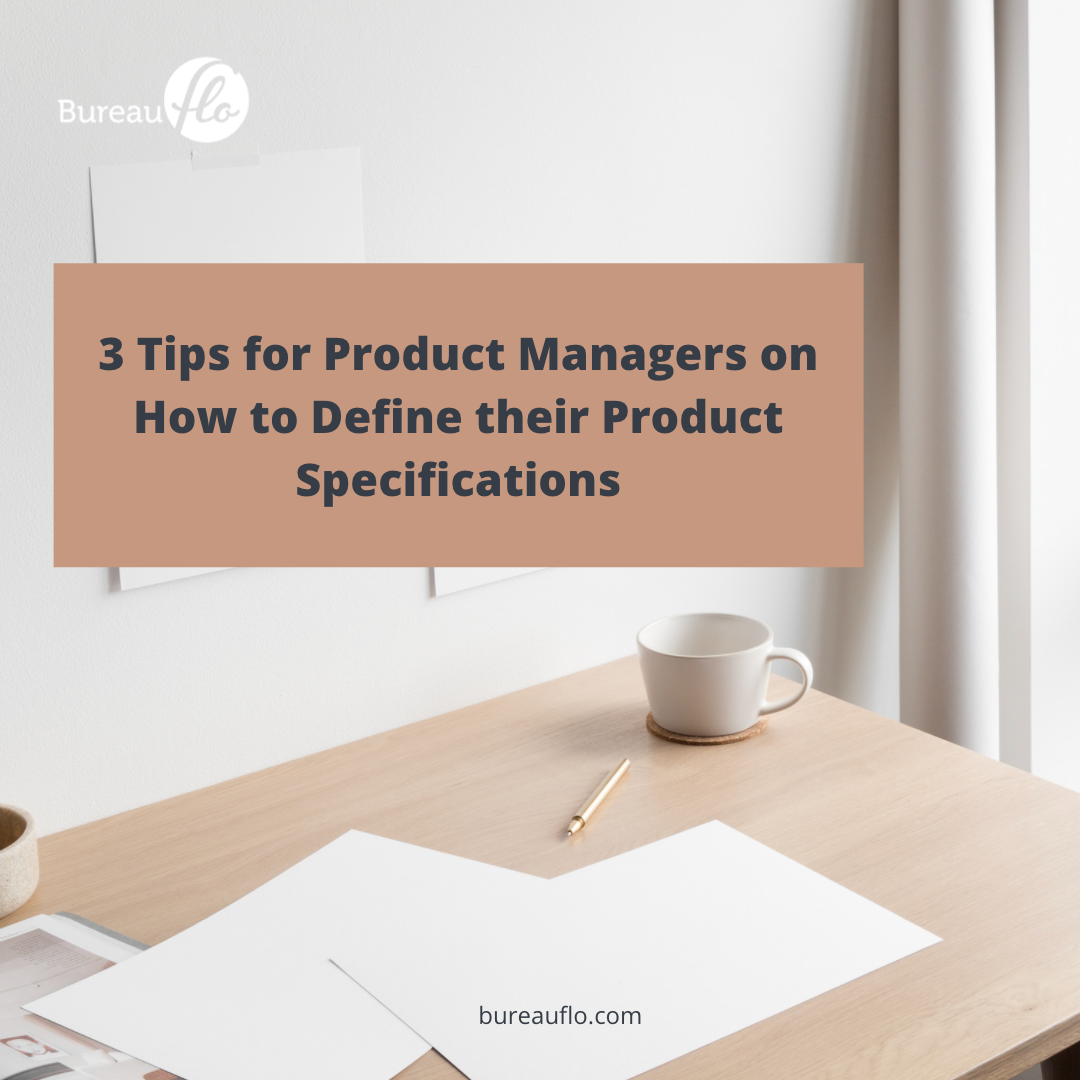One of the most important input files in new product development is the Product Specifications Overview. You know the saying “garbage in, is garbage out”. If you don’t have your product specification clear, validated and aligned, chances are your end-product does not meet your customer requirements or isn’t technically feasible. I have 3 tips for product managers on how to define their product specifications, so they can develop products their customers are thrilled about.
Project delay and cost increase
Probably you have experienced that the development of your product doesn’t run smooth. It is a lot of going back and forth and there are many issues in getting from specs into prototyping and production. This often causes delay and increase in development costs.
The profitability of your new product goes down and the pay-back time goes up, not a good thing!
3 tips for product managers on how to define their product specifications
A few basic principles to start with when defining your product specifications comes down to knowing your customer requirements well and having a good insight in market and technology developments. Next to that, documenting your product requirements and signing off on them with your team is crucial to successfully defining your product specifications.
Tip 1: Know your customer’s needs, wants and problems.
- What worries them and what would light them up?
- Validate with them which improvements on your products would make their life easier.
- Understand how they use your product. Is your user interface logical, easy enough for them?
- Get insight in where in their operational flow your product is used. Does this go smooth or is there room for improvement?
- If they are using a competitor product, what do they like and dislike?
- Understand how your customer is going to use your product on the longer term. Can your product still fulfill their needs or do you need to anticipate early on to keep your customer attached to your product.
Tip 2: Get a good insight in how technology can support you and your customers.
When you have a good insight in your customer’s needs, wants and problems, you can align your technology roadmap with this data.
- Verify which how existing technologies are evolving and how you can use them to solve your customer’s needs.
- Check what new technologies are in the making and if these can apply to your product.
- Next to creating your product strategy for the next 5-10 years, you should also create your technology roadmap. Make sure to align the technology roadmap with your product strategy.
Tip 3 Document your product specifications and sign off on them with your team.
There will always be a healthy struggle between product management, wanting to develop the most complete and perfect product. And engineering, pushing back on specifications because they’re technically not feasible or very challenging.
This discussion is normal and needs to take place at the beginning of your new product development. You need to decide on the final specifications before you start investing money in the actual development.
Keep all heads in the same direction
To keep all heads in the same direction and to avoid confusion, you need to document the specifications and the discussion around it.
You want to avoid going back and forth in changing your specifications, not knowing exactly what you and your team agreed upon in the end.
Having a specification document that everyone can refer to, can support you in developing products that excite your customers, without cost increase and project delays.
Here you have it! My 3 tips for product managers on how to define their product specifications.
If you like to receive my free weekly tips directly in your inbox, sign-up for my free weekly product & project management newsletter by clicking the link below and receive my free 3 Step Plan to get Your New Product Idea from Your Brain onto Paper as well.

+ show Comments
- Hide Comments
add a comment